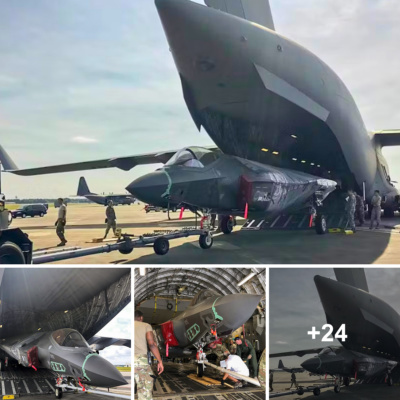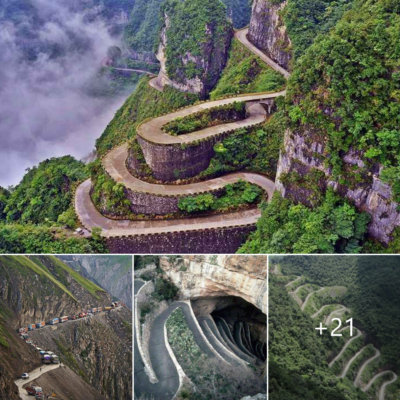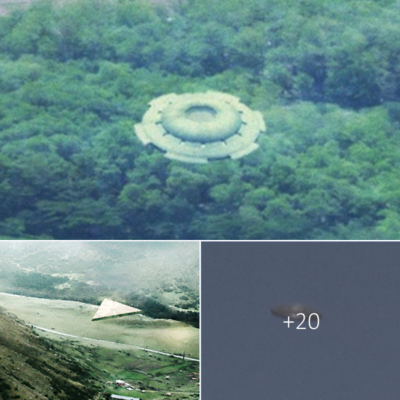The M4A1 Sherman tank, a defining armament of the Allied forces, trundled across the challenging landscapes of Leyte in the Philippines in 1944. This campaign marked a pivotal phase in the Pacific War, as American forces sought to recapture and liberate the islands from Japanese occupation. The Sherman, with its distinct rounded hull and reliable firepower, proved essential to the operation, providing the necessary muscle to push through enemy defenses. As the tanks maneuvered through the dense jungles and over the rough terrain, they became a symbol of the advancing liberation, inching the Allies closer to victory with every mile they covered.

Engaging in combat within the treacherous environments of Leyte, the Sherman tanks faced not just the enemy, but the formidable natural elements. The island’s muddy terrain, unpredictable weather, and complex jungle landscapes tested the tanks’ limits, but they were engineered to prevail in such conditions. The adaptability of the M4A1 Sherman was apparent as they supported infantry assaults, helping to secure beachheads and dismantle the well-entrenched Japanese fortifications. Their rugged construction and the sheer force of their 75mm main guns were instrumental in breaking through and disrupting the stiff resistance put up by the Japanese forces.

Beyond the tactical advantage, the sight of the Sherman tanks rolling through Leyte had a significant psychological impact on both the Japanese and American troops. To the Japanese, the arrival of these steel beasts heralded the overwhelming might and technological prowess of the American military machine, often demoralizing the defenders with their relentless advance. Conversely, for the American GIs and Filipino guerrillas, the Shermans were a beacon of hope and a tangible reinforcement of the commitment of the United States to the Pacific theater.

They didn’t just represent military superiority, but also the Allied determination to free the Philippines from the clutches of occupation, making their rumble across Leyte an enduring image of World War II’s Pacific campaign.













